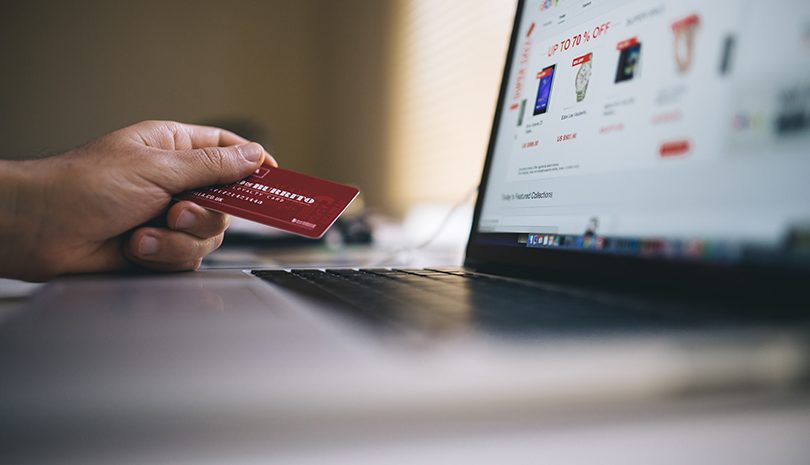Sensis finds over half of Aussie SMBs use e-commerce

More than half of Australia’s small and medium businesses are now using e-commerce, according to the 2016 Sensis e-Business Report, which surveyed over 1000 small and medium businesses and 800 Australian consumers about their online experiences.
This is emblematic of the broader uptake of digital initiatives by small and medium businesses, although there are still some noticeable gaps.
For instance, while more Aussie businesses have optimised their websites for mobile devices, up from 35 per cent to 43 per cent, nearly two-thirds of survey respondents said they don’t plan to optimise for mobile.
“This is a risky strategy, given Google’s search algorithm preferences mobile friendly sites and customers now expect a seamless digital experience on any device,” Rob Tolliday, commercial director at Sensis, said.
Only 19 per cent of online small businesses have a digital business strategy, although selling online is becoming increasingly important as fewer shops have a physical storefront and major overseas retailers enter the Australian market.
The share of total sales that are made online has grown consistently over the last four years, from 32 to 43 per cent. Most of these sales were made to customers in Australia, with over two thirds of small and medium businesses primarily selling to people in their local areas, and only two per cent targeting overseas customers.
Meanwhile, 71 per cent of Australian consumers made an online purchase in the past year, a 10-point increase over the previous year, spending around $3300 on average. Of these purchases, 23 per cent were from overseas businesses.
The most popular items bought online are airline tickets, clothing, accessories and shoes, and hotel reservations. And the top reason small businesses use e-commerce? To provide better customer service, according to the Sensis survey.
Here are a few more key statistics from the 2016 Sensis e-Business Report.
Business statistics:
- 61 per cent of small and medium businesses now have a website, up from 56 per cent, and 93 per cent have computers connected to the internet, up from 84 per cent.
- 17 per cent of small and medium businesses are dissatisfied with their internet connection speeds.
- 60 per cent said their website had improved the effectiveness of their business.
- 50 per cent of businesses now take orders online, while 67 per cent receive payments online.
- 69 per cent of businesses consider hacking a concern of using e-commerce.
- 48 per cent of small businesses reported using social media in their business, up from 31 per cent.
- 88 per cent of socially active businesses use Facebook, 25 per cent use Twitter, 23 per cent use LinkedIn and 13 per cent use Instagram.
Consumer statistics:
- Men again reported spending more than women online ($3600 vs $3100), though the gap has narrowed considerably since last year ($6500 vs $2400).
- The most popular way to access the internet remains through a desktop or laptop computer at 90 per cent, while 73 per cent of Australians used the internet on their phone in the past year.
- 78 per cent of Aussies own a smartphone, while 91 per cent of people aged 18 to 29 do so.
- 74 per cent of Australians use social media.
- 18 to 29-year-olds are more likely to make online purchases from overseas (35 per cent compared to 23 per cent).
- 85 per cent of Australians are concerned about the theft or misuse of private information and the security of their card information online.
- Ownership is down for digital TVs, internet-enabled TVs, DVDs and Blu-Rays player, Pay TV and 3D TVs, likely due to the rise of streaming services.
- Satisfaction with home internet upload and download speed has declined, with only 57 per cent of adult consumers feeling satisfied.
Comment Manually
You must be logged in to post a comment.

No comments